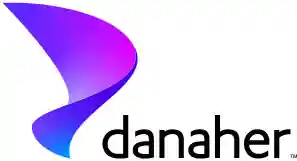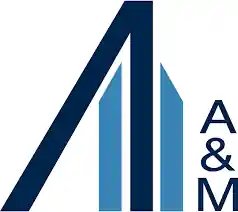Ingenious temperature control solutions, radiant cooling and heating systems—also referred to as radiant HVAC (heating, ventilation, and air conditioning) systems—are made to offer thermal comfort and energy efficiency in interior spaces. The way that these systems disperse thermal energy within a building is different from that of conventional forced-air heating and cooling systems. Radiant systems work on the basic idea of direct heat transfer from a warm surface to the items and occupants of the space, resulting in a consistent and comfortable temperature distribution. A heat source, a distribution system, and a radiant surface are the three primary parts that radiant systems use to control the temperature inside spaces.
Global Radiant Cooling and Heating Systems Market Driving Factors and Challenges
The adoption of cutting-edge technology in radiant heating and cooling systems, like Internet of Things sensors, is anticipated to accelerate market expansion over the research period. As a result, this creative device enhanced system performance overall while also advancing the operational process. When combined with occupancy patterns, climate conditions, and user preferences, the smart home models become a sophisticated climate control system. Smart thermostats allow you to control the temperature of a room from a distance. Additionally, these thermostats can help save approximately USD 180 in energy bills. Thus, between 2024 and 2036, the market expansion of radiant heating and cooling systems will be accelerated by the widespread use of smart thermostats.
One of the main factors limiting market expansion is the high cost of the system, which is expected to impede growth throughout the forecast period. Furthermore, the electrical system of radiant heating and cooling systems carries a risk of short circuits, overheating, and sparks. In addition, there are a few other hazards connected to space heaters and space boards. Additionally, because subfloor electrical systems have less insulation and are more likely to come into touch with dust or wood, they have a higher danger of fire. In addition, climate dependency is another concern that will constrain market expansion in the near future.
Impact of COVID-19 on Global Radiant Cooling and Heating Systems Market
The Covid19 pandemic, which started in China last year, stunned people in many other countries. Moreover, governments worldwide were forced to implement strict social distancing measures, border locks, and lockdowns in order to prevent the looming catastrophe as the number of cases rose. These actions had a disastrous effect on the economy since they forced manufacturers to cease production across the globe, upsetting supply networks and hurting numerous companies. resulting in the collapse of global markets.
Global Radiant Cooling and Heating Systems Market Key Players:
The market study provides market data by competitive landscape, revenue analysis, market segments and detailed analysis of key market players such as; Atlantic Group, BDR Thermea Group, BEKA Heiz und Kuhlmatten GmbH, Danfoss AS, Georg Fischer Ltd., GIACOMINI Spa, J. R. Industrial Heaters, MrPEX Systems, RADOX, REHAU Group, Robert Bosch GmbH, Emerson Electric Co., Sigma Thermal Inc., Systema SpA, Technobel India.
Global Radiant Cooling and Heating Systems Market Segmentation:
By Product Type: Based on the Product Type, Global Radiant Cooling and Heating Systems Market is segmented as; Embedded Surface System, Thermally Active Building System, Capillary Surface System, Radiant Panels, Others.
By Technology: Based on the Technology, Global Radiant Cooling and Heating Systems Market is segmented as; Hydronic, Electric, Others.
By Installation Surface: Based on the Installation Surface, Global Metallic Radiant Cooling and Heating Systems Market is segmented as; Floor, Wall, Ceiling, Others.
By Application: Based on the Application, Global Metallic Radiant Cooling and Heating Systems Market is segmented as; Commercial, Residential.
By Region: This research also includes data for North America, Asia-Pacific, Latin America, Middle East & Africa and Europe.
This study also encompasses various drivers and restraining factors of this market for the forecast period. Various growth opportunities are also discussed in the report.






















